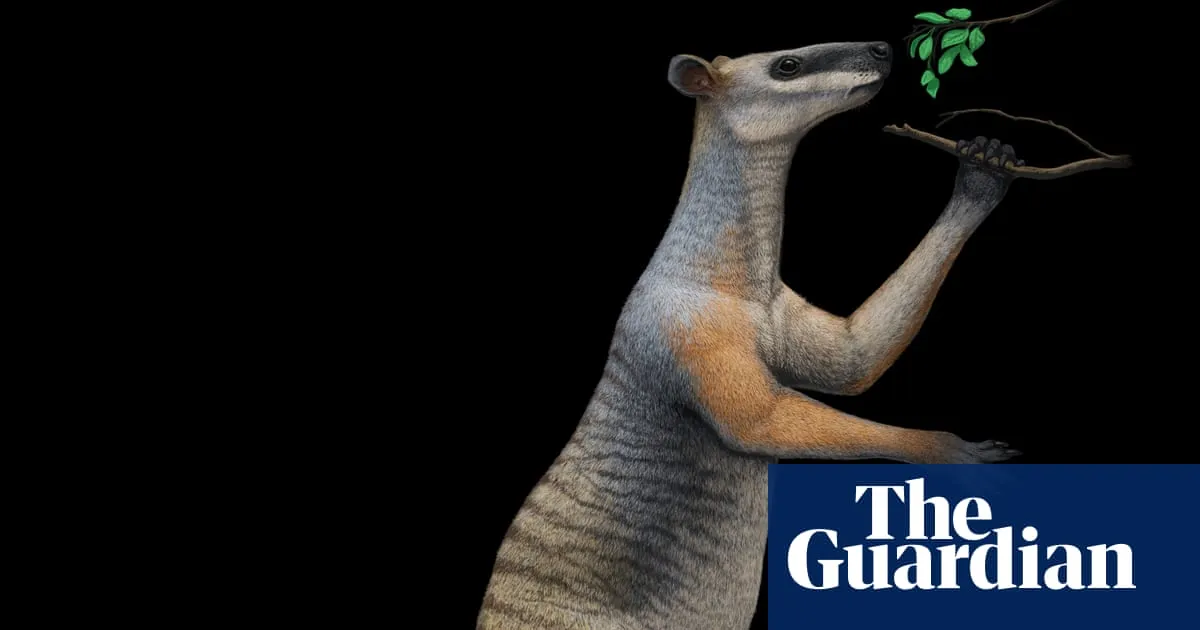
Recent research from Australia has uncovered fascinating insights into the behavior and habitat of prehistoric giant kangaroos, specifically a species known as Protemnodon. These enormous marsupials roamed the Australian continent from approximately 5 million years ago to 40,000 years ago and were significantly larger than modern-day kangaroos. Weighing up to 170 kg, some Protemnodon species were more than twice the weight of the largest red kangaroo found today.
Researchers, guided by Chris Laurikainen Gaete, a palaeo-ecologist from the University of Wollongong, anticipated that the size of these giant kangaroos would correlate with a larger geographic range. In most modern herbivorous mammals, including various kangaroo species, larger body size typically means a broader habitat range. For instance, smaller marsupials like the pademelon occupy areas smaller than one square kilometer, while the red kangaroo can traverse distances exceeding 20 kilometers in the Australian outback.
However, an analysis of fossilized teeth discovered near Mt Etna, located 30 km north of Rockhampton in Queensland, revealed a surprising pattern. Instead of roaming vast distances, these Protemnodon exhibited a preference for a limited area, living and dying in close proximity to the limestone caves where their fossils were found.
According to Dr. Scott Hocknull, a vertebrate palaeontologist and senior curator at the Queensland Museum, the Protemnodon individuals discovered at Mt Etna were akin to “real homebodies.” They thrived within a “tiny pocket” around the limestone caves, suggesting a stable environment rich in resources. Hocknull notes, “These gigantic kangaroos were just chilling at home, eating the rainforest leaves, because there were heaps of them around.” This stability indicates that over hundreds of thousands of years, the Protemnodon found comfort in their limited range.
Despite their seemingly content existence, the restricted range of the Protemnodon ultimately posed a significant risk. As climate change and increasing aridity began to disrupt the rainforest environment around 280,000 years ago, these giant kangaroos faced the threat of extinction. Hocknull emphasized that their localized habitat became a “bad bet” in the face of environmental shifts.
Dr. Isaac Kerr, a kangaroo palaeontology specialist at Flinders University, who was not directly involved in the study, indicated that Protemnodon fossils have been primarily located in the southern and eastern regions of Australia. This suggests the existence of multiple species adapted to various environments, possibly extending their range across the continent, including parts of New Guinea. A notable site in Tasmania even dated one of the last surviving Protemnodon species to around 41,000 years ago.
These prehistoric kangaroos exhibited a range of sizes but were generally more robust than their modern counterparts, characterized by shorter feet and a stockier build. Kerr described Protemnodon as resembling a wallaroo—“squat and muscular but still quite large compared to a modern kangaroo.”
Mt Etna stands out as one of Australia’s richest fossil sites, offering valuable evidence of ancient Pleistocene rainforests and documenting periods of significant environmental change, during which rainforests transitioned to more open, arid landscapes. The next phase of research aims to apply similar analytical techniques to fossils of smaller kangaroo species, such as tree kangaroos, pademelons, and rock wallabies, to understand how they adapted to environmental changes while Protemnodon became extinct.
The researchers utilized unique chemical signatures found in the local geology, comparing them with those in fossilized teeth to establish the range of each animal. Strontium, an element that varies by environment and geological features, played a crucial role in this analysis. Different rock types, such as limestone and volcanic rock, have distinct strontium signatures, which permeate the soil and plants, ultimately reflecting in the teeth of herbivorous animals that consumed those plants.
Laurikainen Gaete noted that this innovative technique could help researchers understand, on a site-by-site basis, why certain species of megafauna disappeared from specific locations. Hocknull concluded, “It fundamentally shifts how palaeontologists and ecologists look at the fossil record,” highlighting the importance of this research in understanding the past ecological dynamics of Australia.